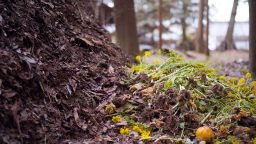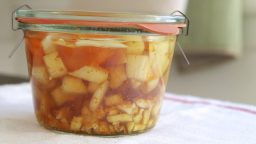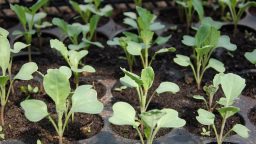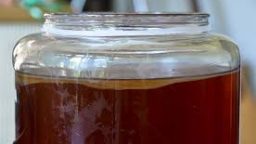Elderberries are a favorite for natural health enthusiasts, for their healing and soothing properties for colds and flus. Elderberry syrup is a popular way to consume it, and is far healthier that over-the-counter cough syrup full of chemicals, sugar, and drugs.
They contain a high amount of vitamins A, B and C, which support the immune system and help fight off sickness. If taken before getting sick, they can help prevent an infection from spreading throughout the body, and if taken after getting sick they can help prevent the infection from spreading into the respiratory tract, making the sickness much worse.
You can find elderberry syrup at your local health food store, but it can often be quite pricey. Making your own is a great alternative, it’s easy and far more affordable!
- ⅔ cup dried black elderberries
- 2 Tablespoons fresh or dried ginger root
- 1 teaspoon cinnamon
- ½ teaspoon cloves or clove powder
- 1 cup raw honey or maple syrup
- mason jar or bottle
- strainer
- Put all the ingredients except the honey in a medium saucepan with about 3.5 cups filtered water
- Bring the mixture to a boil, and then reduce the heat to low and let simmer for about 45 minutes. After 45 minutes it should have reduced to about half.
- Remove from heat, and gently mash the elderberries
- Strain
- Let the mixture cool
- Once it is fully cool, and the honey and stir well
- Pour into a jar or bottle
Keep your freshly made elderberry syrup in the fridge and take as needed. It can be taken daily as an immune-boosting supplement or when trying to prevent or heal sickness, although when you are sick, you will probably want to take or administer one does every 2-3 hours. A typical dose is .5-1 tbs for adults and .5-1 tsp for children.
If you liked this, you might also enjoy…







